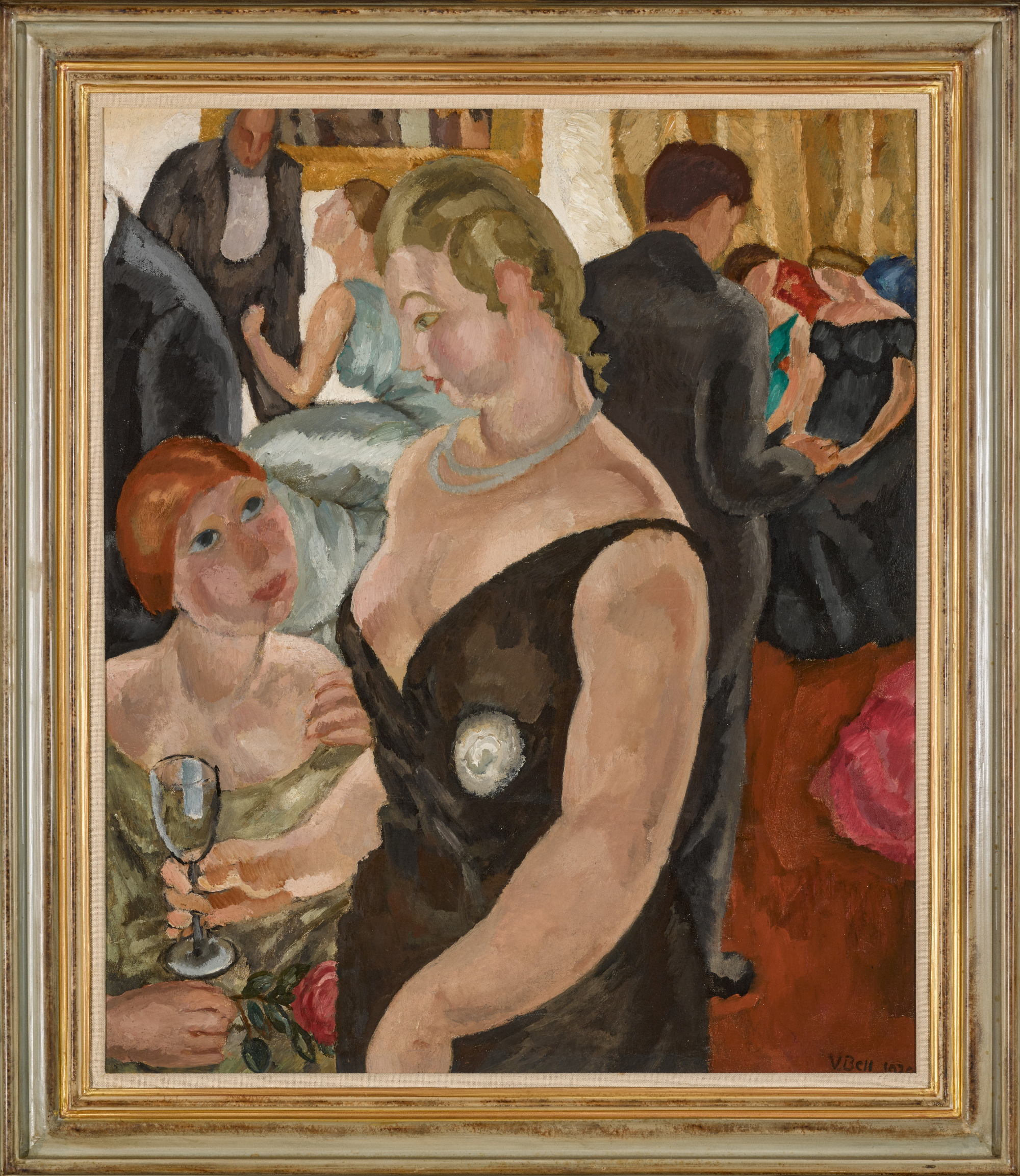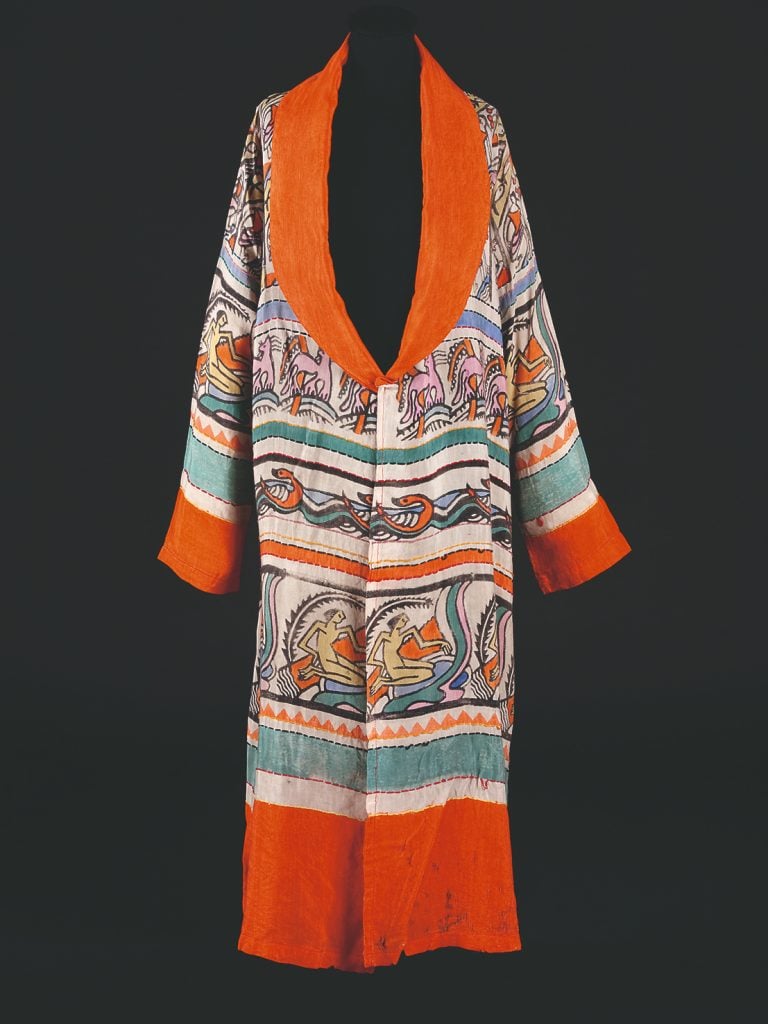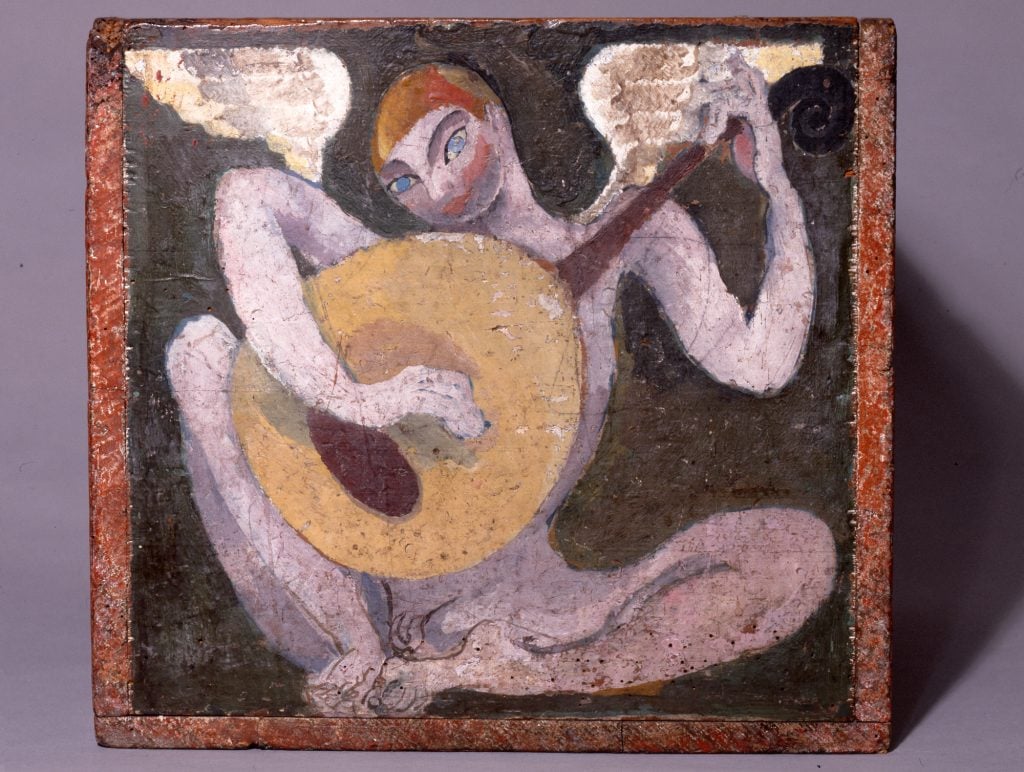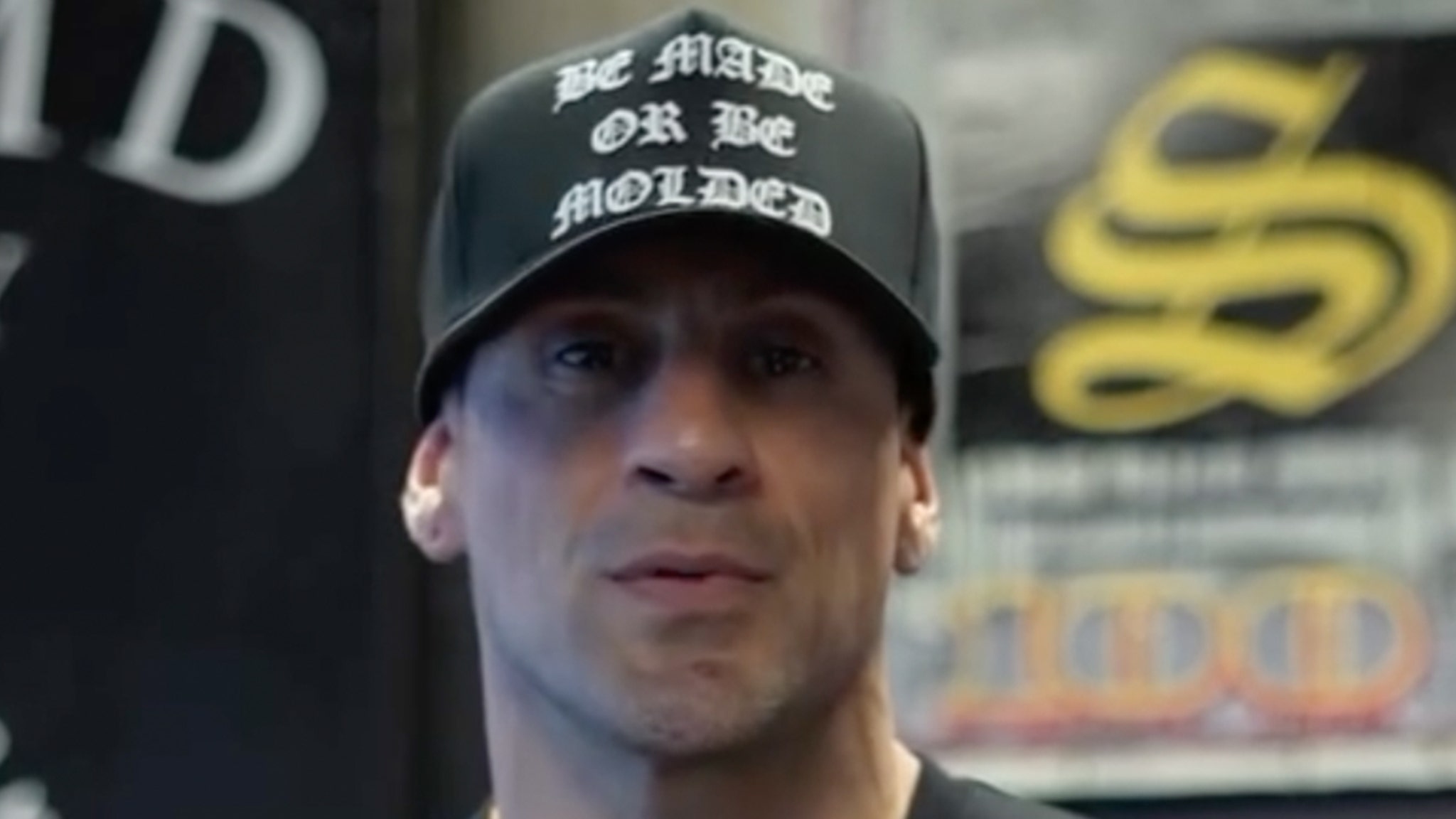Fashion
Fashion Designer Kim Jones Curates a Show of Bloomsbury Group Treasures | Artnet News

Establishing a new cultural scene with a distinctly modern outlook in England in the early 20th century, the Bloomsbury Group was a circle of intellectuals who have continued to influence new generations of creative thinkers. Among their ranks were artists Duncan Grant and Vanessa Bell, critic Roger Fry, economist John Maynard Keynes, and writers Virginia Woolf and E.M. Forster. Having congregated principally around Gordon Square in the London neighborhood of Bloomsbury, members of the group passed in and out of Charleston, the East Sussex farmhouse where Grant and Bell lived after 1916.
The group is the subject of a new exhibition “Radical Modernity: From Bloomsbury to Charleston,” opening at Sotheby’s in London from November 9–26, which contains a mix of loans from Charleston and lots from Sotheby’s biannual Modern British & Irish Art auction on November 14. Curated by Kim Jones, artistic director of Fendi and Dior Homme, who is a longtime avid collector of the Bloomsbury group’s art and was recently appointed vice president of Charleston.
“The Bloomsbury group were a reaction against Victorian Britain, and I love the way they shook things up—changing the way people dress and think,” Jones said in a press statement. “I love living with these amazing pieces in my home, but I think it’s important to give other people the opportunity to come face to face with them, so they can experience that same moment I have, when something from so long ago speaks to something within you.”
An interior at Charleston. Photo: Lee Robbins.
Among the highlights is the painting The Party (1920) by Vanessa Bell, a glamorous social gathering that offers a tantalizing insight into what attending party at Gordon Square might have been like. The work, which stands apart from the landscapes and still lifes that Bell more often depicted, has remained in private hands since she gave it to her sister Virginia Woolf. It was sold by her estate to the playwright Howard Ginsberg and is now being offered by Sotheby’s.
In 1983, the painting was rechristened Mrs Dalloway’s Party, in reference to Woolf’s beloved novel Mrs Dalloway, published in 1925, which follows a socialite as she prepares to host a party later that evening. Sotheby’s modern British and Irish art specialist Bryn Sayles has speculated that Woolf may even have been inspired by her sister’s painting.
“The party is such a famous scene in the novel, and the painting, which is now up for sale, shows people in 1920s garb who may well be people the sisters knew,” she told the Guardian. Though there is no surviving evidence of the link between the two works, Sayles said, “there are other examples of Woolf writing in response to Vanessa’s art. Her picture A Conversation, painted between 1913 and 1916, is accepted to have inspired Woolf’s 1921 short story A Society.”

Embroidered and block-printed silk robe by Percy Wyndham Lewis, made at Omega Workshops. Photo: © ACC Art Books.
Also for sale is a silk robe designed by Percy Wyndham Lewis, an example of the amorphous, far reach of the Bloomsbury group. Though he is best known as the founder of the Vorticist movement, Lewis made made this hand-block printed and embroidered robe and other exceptionally rare design objects in around 1914, during a brief stint working at the Omega Workshops. These had been set up in 1913 by Roger Fry, who produced various pieces of furniture, ceramics, and fabrics designed by himself and collaborators, including Grant and Bell.

Duncan Grant, Log Box (1916). Photo: ©️ The Charleston Trust.
One of the loans from Charleston is a log box decorated by Duncan Grant soon after he moved into the farmhouse, one of many examples of how the Bloomsbury group sought to imbue even everyday objects with a unique charm. Each side of the box bears a stylized depiction of a musician or dancer with angel wings.
“Radical Modernity: From Bloomsbury to Charleston” curated by Kim Jones is on view at Sotheby’s in London from November 9-26.








